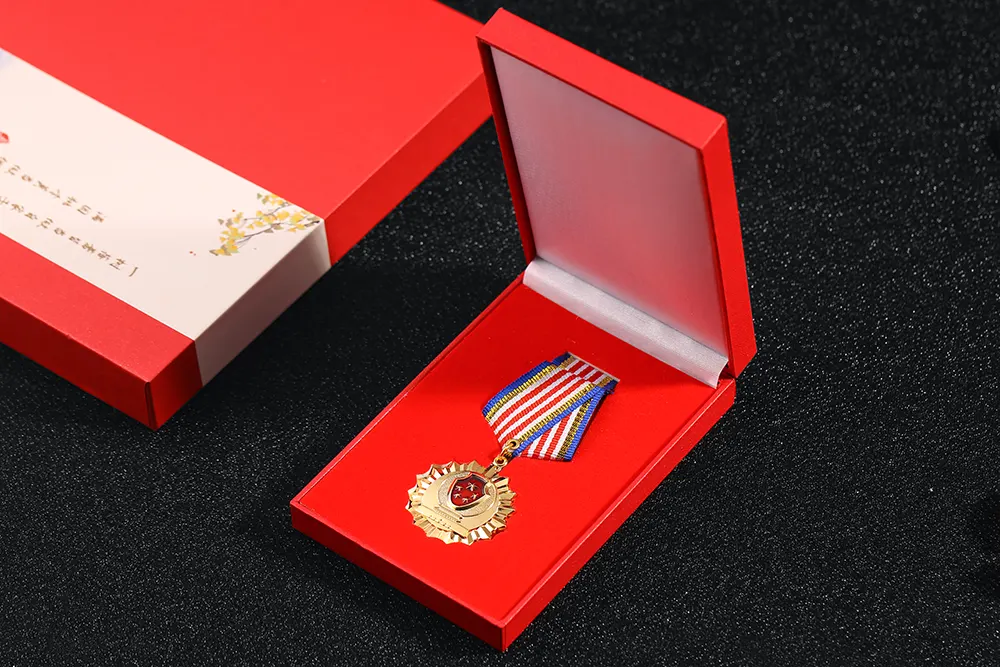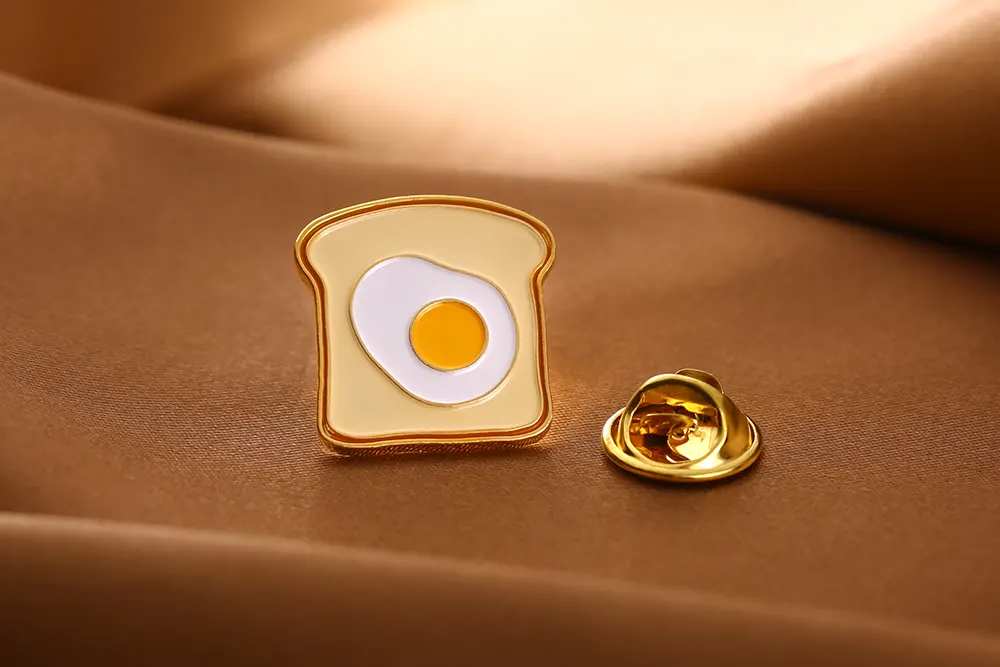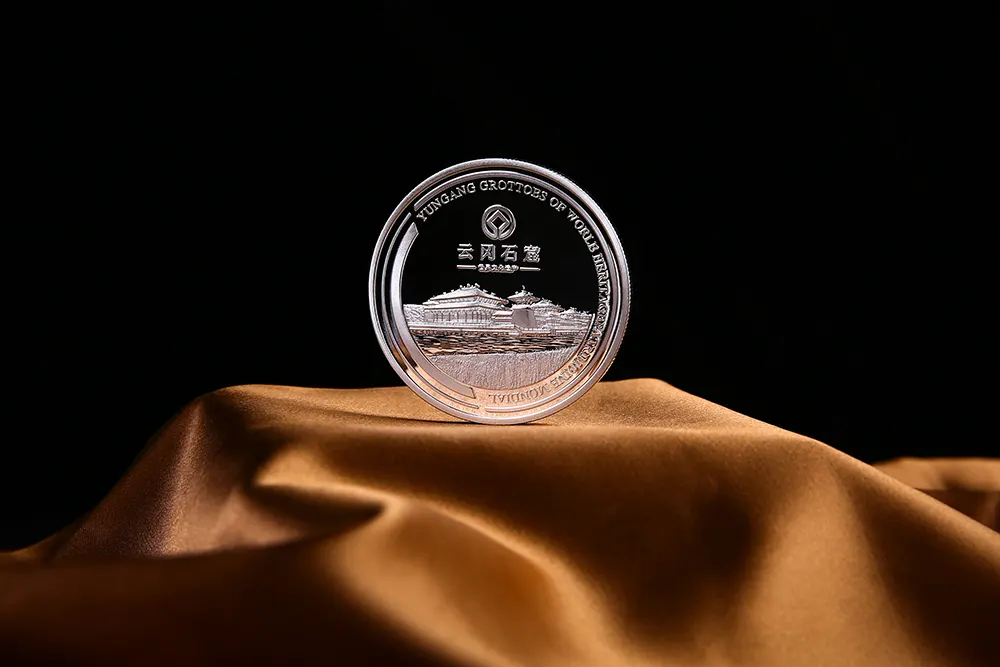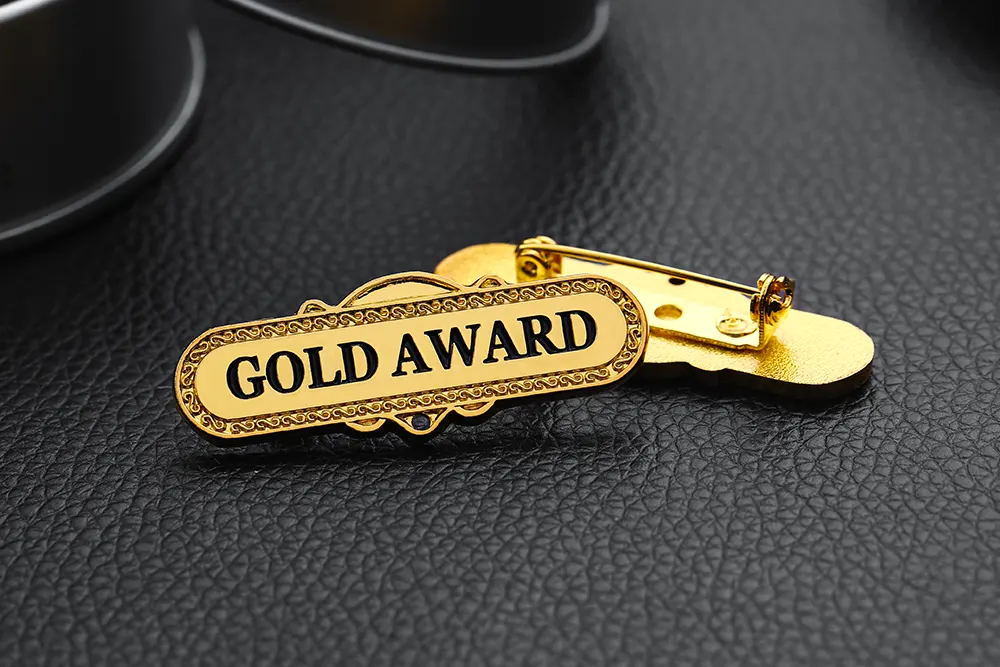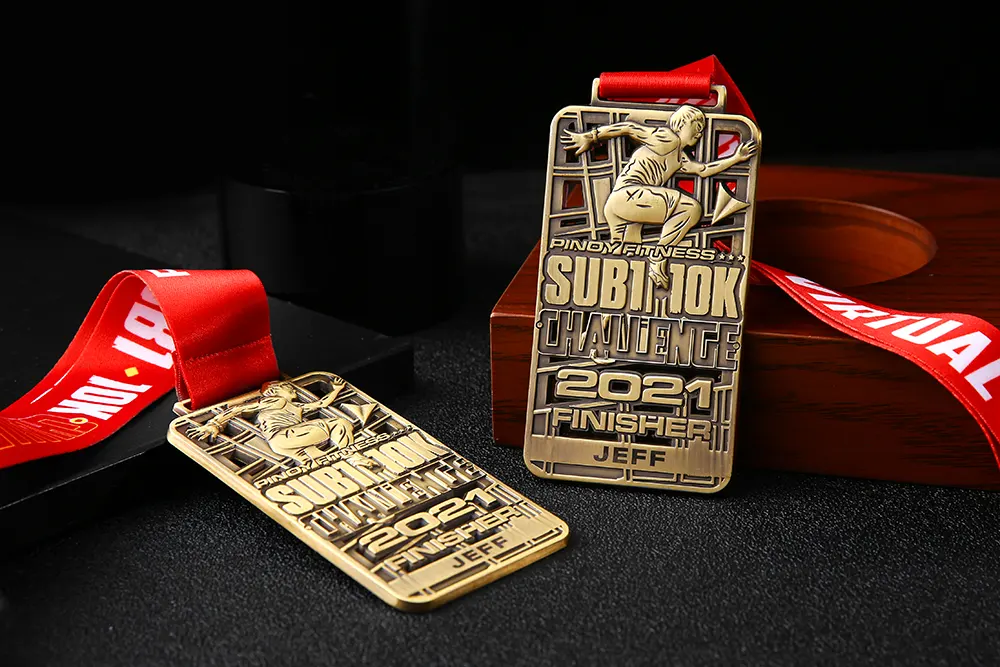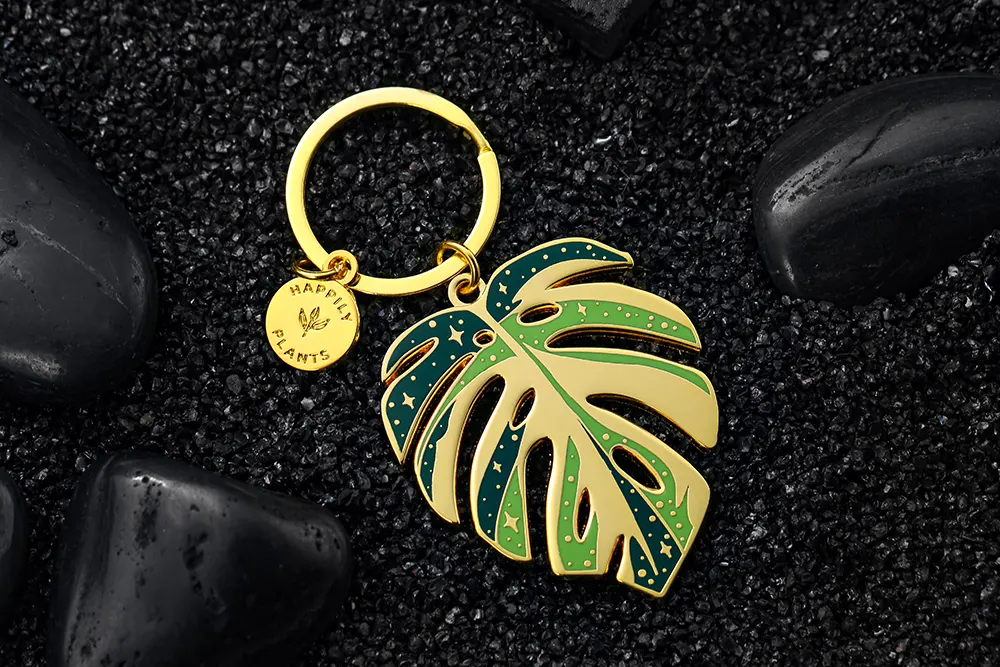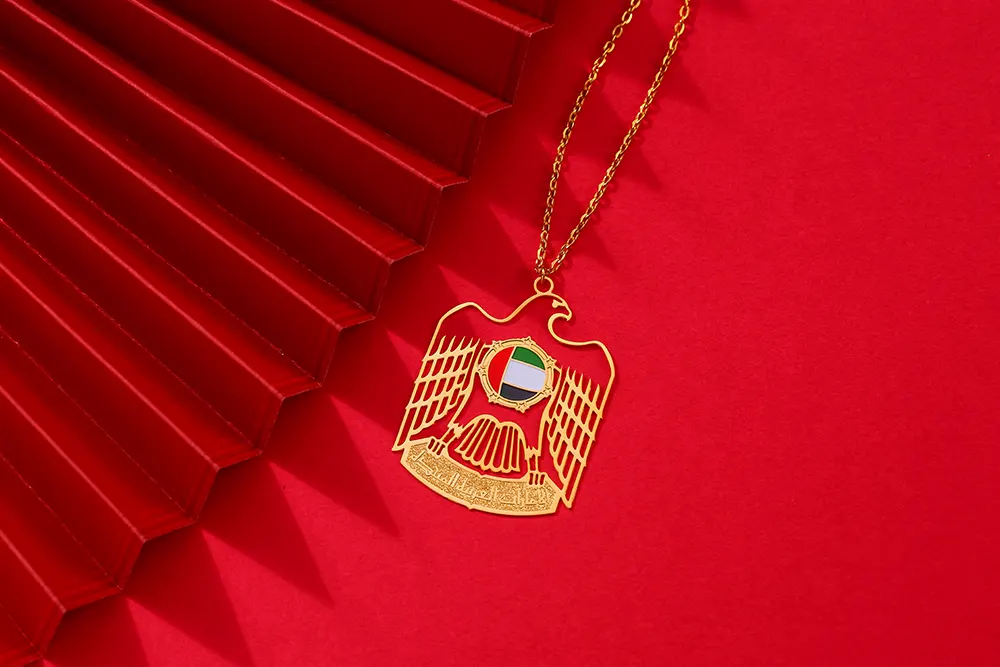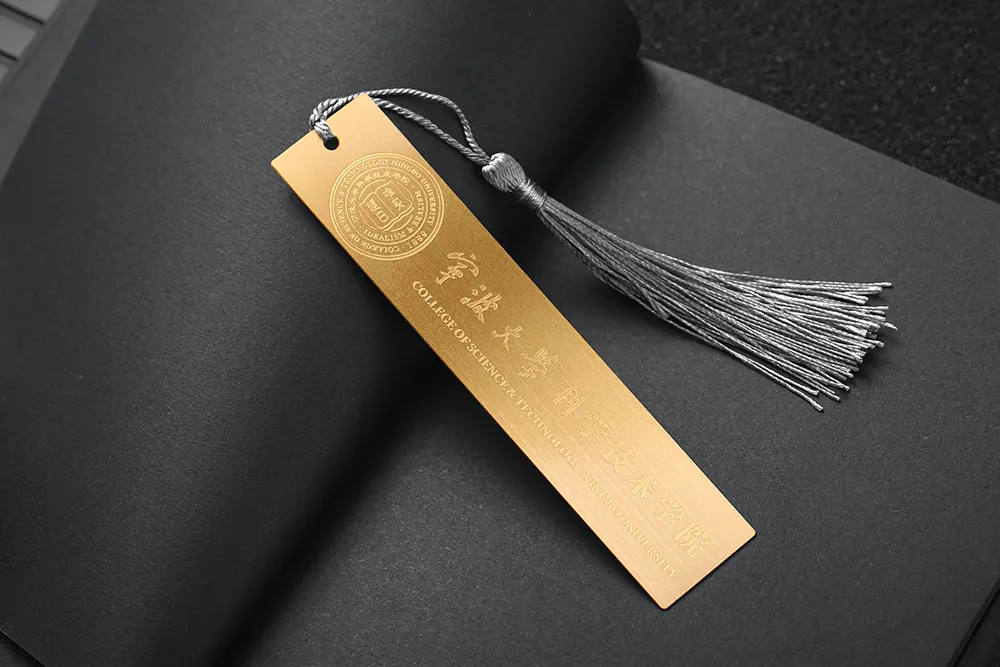Creating custom coins has become an increasingly popular hobby for collectors, artists, and crafters alike. Whether you’re interested in commemorative pieces, challenge coins, or artistic tokens, understanding the coin-making process opens up a world of creative possibilities.
Understanding the Coin-Making Process
Making coins involves several distinct methods, each suited to different skill levels and purposes. The traditional approach used by mints involves striking metal blanks with engraved dies under tremendous pressure. However, hobbyists and small-scale creators have access to more accessible techniques that produce impressive results.
Materials You’ll Need for Coin Creation
The materials required depend on your chosen method. For metal coins, you’ll need metal blanks or sheets (copper, brass, aluminum, or silver), engraving tools, and a stamping press. For clay or polymer coins, modeling clay, texture stamps, and an oven suffice. Resin coins require epoxy resin, silicone molds, and pigments.
Method 1: Hand-Stamping Metal Coins
Hand-stamping represents the most accessible entry point into metal coin creation. Start by purchasing pre-cut metal blanks from craft suppliers. These come in various sizes and metals, typically ranging from 0.5 to 2 inches in diameter.
Using metal stamps with letters, numbers, or designs, position your stamp on the blank and strike it firmly with a hammer. A bench block underneath provides necessary resistance. This technique works wonderfully for personalized tokens, gaming pieces, or commemorative items.
Method 2: Casting Coins from Molds
Casting allows for more intricate designs without expensive equipment. Create a master coin from clay, wax, or 3D-printed material. Use this master to make a silicone mold, which can then produce multiple copies.
For metal casting, you’ll need a melting furnace and proper safety equipment. Pewter, with its low melting point of around 338°F, offers a safer starting point than other metals. Pour the molten metal carefully into your mold, allow cooling, and finish by filing rough edges.
Method 3: Clay and Polymer Coins
Polymer clay provides an excellent medium for beginners. Brands like Sculpey or Fimo can be shaped, textured, and baked in a standard oven. Roll your clay to uniform thickness, cut circles with a cookie cutter, and add designs using stamps, carving tools, or found objects for texture.
After baking according to package directions, these coins can be painted, antiqued with acrylic paints, or sealed with varnish for durability.
Creating Professional-Looking Designs
The design phase determines your coin’s final appearance. Sketch your concept on paper first, considering both sides of the coin. Professional coins typically feature a central image surrounded by text along the rim. Keep designs bold and simple, as fine details can be lost in the production process.
For those using digital design, programs like Adobe Illustrator or free alternatives like Inkscape help create precise artwork. Many 3D printing services and professional coin manufacturers accept digital files, making custom orders straightforward.
My Journey into Coin Making
I started making coins three years ago for a tabletop gaming group. We wanted custom currency that reflected our fantasy world. My first attempts using polymer clay were rough—literally. The edges were uneven, and my hand-carved designs looked amateurish.
What transformed my results was investing in quality texture stamps and a pasta machine for rolling even sheets. I learned that patience during the design phase saves hours of frustration later. Now, I create coins for local game stores and even made wedding tokens for a friend’s ceremony. The key breakthrough came when I stopped trying to replicate mint-quality pieces and embraced the handmade aesthetic that makes custom coins special.
Working with Professional Manufacturers
For larger quantities or higher-quality metal coins, professional manufacturers offer custom minting services. Companies specializing in challenge coins, commemorative pieces, or custom currency typically have minimum orders of 50-100 pieces.
You’ll provide artwork, choose your metal (brass, copper, zinc alloy, or precious metals), select a finish (antique, polished, or colored enamel), and approve a proof before production. Costs vary widely based on size, complexity, metal choice, and quantity, ranging from $2 to $20+ per coin.
Essential Tips for Success
Start simple and gradually increase complexity. Your first coins don’t need to be masterpieces. Practice on inexpensive materials before working with costly metals. Invest in quality tools—cheap stamps produce unclear impressions, while good tools last for thousands of strikes.
Safety matters, especially when working with molten metals or power tools. Always wear safety glasses, work in ventilated areas, and use appropriate protective equipment. Keep children and pets away from your workspace.
Join online communities dedicated to coin making. Forums, social media groups, and platforms like Reddit’s r/Metalworking provide invaluable troubleshooting advice and inspiration.
Common Challenges and Solutions
Uneven edges plague beginners. Solution: Use a disc cutter for perfectly round blanks or invest in a jewelry saw with a circular template. Unclear designs often result from insufficient striking force. Strike harder or use softer metals like copper that accept impressions more easily.
For mold-making issues, ensure your master coin has sufficient draft angles (slightly sloped sides) so the finished piece releases easily. Air bubbles in resin casting are minimized by pouring slowly and using a heat gun to pop surface bubbles before curing.
Legal Considerations
Creating coins for personal use, games, or art is perfectly legal. However, replicating actual currency with intent to defraud constitutes counterfeiting, a serious crime. Avoid reproducing active currency designs, even as art projects. Clearly label any pieces that resemble money as replicas or fantasy currency.
Taking Your Coin Making Further
Once you’ve mastered basic techniques, explore advanced options like electroplating for professional finishes, patina applications for aged appearances, or combining materials like wood and metal for unique effects.
Some crafters turn their hobby into business, selling custom coins at craft fairs, online marketplaces, or to gaming communities. Others focus on the artistic side, creating limited-edition pieces for galleries or collectors.
Conclusion
Making coins combines technical skill with artistic expression. Whether you’re stamping simple metal tokens or casting elaborate commemorative pieces, the process rewards patience and creativity. Start with accessible materials, practice fundamental techniques, and gradually expand your capabilities. The coins you create carry personal significance that mass-produced pieces never match, making every imperfection part of their unique story.
















